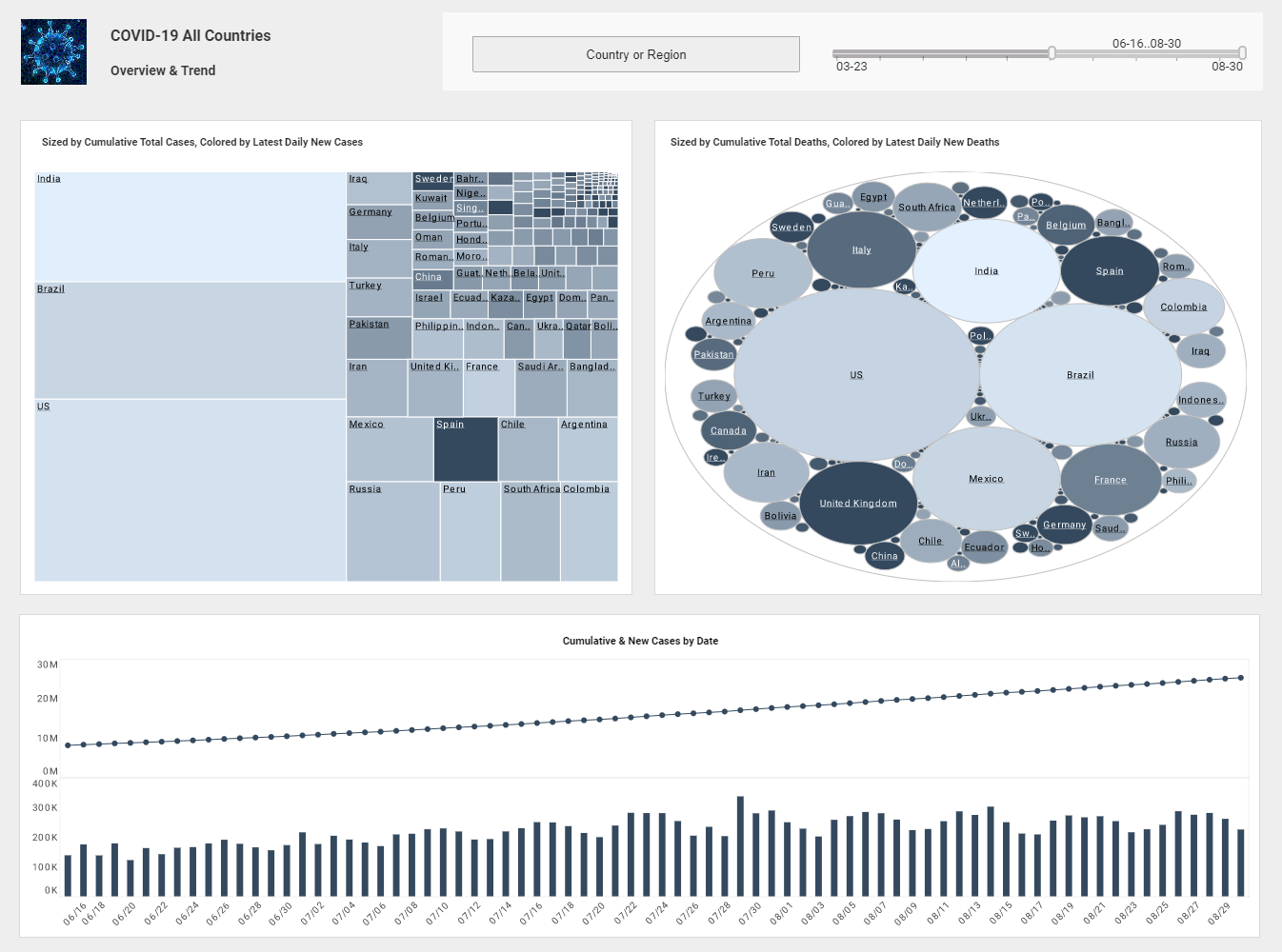Success Depends on Business Agility
This is the continuation of thetranscript of a Webinar hosted by InetSoft on the topic of "Analytics and Agile BI." The speaker is Abhishek Gupta, Product Manager at InetSoft.
So now we have tangible proof that business success partially and largely depends on business agility. The million dollar question is what do we do? What do we business intelligence professionals, architects, project managers, developers and business owners, CIOs, CMOs, CFOs, what do we do about this and in our humble opinion is all about agility.
It’s all about agile BI, agile analytics, agile Big Data. Unfortunately the reality in the market is very far from the perfect state of agility. As a matter of fact people call this failed enterprise BI as the good, the bad and the ugly for enterprise BI. Let’s explore what’s behind this state.
It is amazing to me that this market has been around for over 30 years. A lot of you in the audience have been in this market for 30 years, and we are just scratching the surface. It’s absolutely mind boggling to me that in all of these years every single one of you on the phone, every single one of the organizations is transforming only about 12% of your enterprise data into the useful and meaningful information.
I think we are not talking about some state of the art technologies and exotic data sources. We are not talking about incremental things. We are not talking about machine to machine data. I am not talking about cloud and outside of the firewall data or social media.
| #1 Ranking: Read how InetSoft was rated #1 for user adoption in G2's user survey-based index | Read More |
Data Inside of Your Firewall
No, I am talking about your basic motherhood and apple pie data inside of your firewall, the Enterprise Resource Planning, CRM, or other transactional and reference and textual data that you have in your organization. Only 12% is being used for information consumption. The rest is sitting there as dead weight.
Another very eye opening observation that we will spend a few minutes talking about is that now even though a large enterprise scalable mission critical ready BI platforms have been out there for many years, a majority of you are still using a home grown BI applications mostly based on spreadsheets.
This chart in particular says that for 63% of you, more than 50% all BI apps or BI content reside in home-grown spreadsheet based applications. So that’s really what’s behind in adoption. We have some tangible proof of how enterprise IT is not really fulfilling all of its promise. A lot of users cite various data limitations.
Much more importantly besides data model limitations with all of the claims that we can sync to relational databases, they serve their purpose. They are enterprise-grade. They are scalable. They are secure, but they are not agile. Any of you on the phone who has ever been a DBA or any kind of a data modeler or data architect, you know that that’s not one of the best features of relational databases.
Last but not the least, there is poor user experience, right. We still see and hear this out there. People tell us that spreadsheets provide the ultimate user experience, and some enterprise BI platforms lag in it. So that’s kind of the good, the bad and the ugly truth behind enterprise BI today.
Enterprise BI platforms often are scalable and robust, but they are very complex, very inflexible. They are slow to react, which is not a option in the agile custom. While home grown spreadsheet based, desktop-based BI is agile and flexile and reactive, and it can address our immediate customer requirements except that it doesn’t scale.
 |
Read the top 10 reasons for selecting InetSoft as your BI partner. |
Case Study: a Haunted Attractions Company Utilizes Data Analysis To Increase Its Business Agility
Haunted Thrills LLC, a popular haunted attraction company, faced several challenges in its operations, especially in adapting quickly to changing customer preferences and optimizing resource allocation during peak seasons. To address these issues and enhance its business agility, Haunted Thrills implemented a robust data analysis strategy. This approach aimed to leverage real-time data and predictive analytics to improve decision-making, streamline operations, and increase overall customer satisfaction.
Data Collection and Analysis
The company started by collecting data from multiple sources, including ticket sales, customer feedback, social media interactions, and operational metrics such as staff scheduling and supply chain logistics. By integrating these data points into a centralized dashboard, Haunted Thrills could analyze trends and patterns in customer behavior and operational efficiency. For instance, they discovered that certain attractions were more popular during specific times of the day and that customer feedback indicated a preference for certain themes and scare tactics.
Operational Improvements
With insights from data analysis, Haunted Thrills made several operational adjustments. They implemented dynamic staffing schedules based on predicted visitor flow, ensuring optimal staff allocation during peak times and reducing labor costs during off-peak hours. Additionally, they adjusted the layout and themes of their attractions in response to customer preferences, which were identified through sentiment analysis of social media and feedback forms. These changes not only improved customer experience but also enhanced operational efficiency.
Results and Future Plans
The data-driven approach yielded significant results for Haunted Thrills. Customer satisfaction scores improved, as evidenced by higher ratings and positive reviews online. The company also saw an increase in ticket sales and repeat visitors, attributed to the enhanced visitor experience and better alignment with customer preferences. Looking forward, Haunted Thrills plans to expand its data analysis capabilities by incorporating advanced predictive analytics and machine learning algorithms. These tools will enable even more precise forecasting of visitor trends and further optimize resource allocation, ensuring the company remains agile and competitive in the ever-evolving entertainment industry.
| Previous: The Agile BI Concept |


